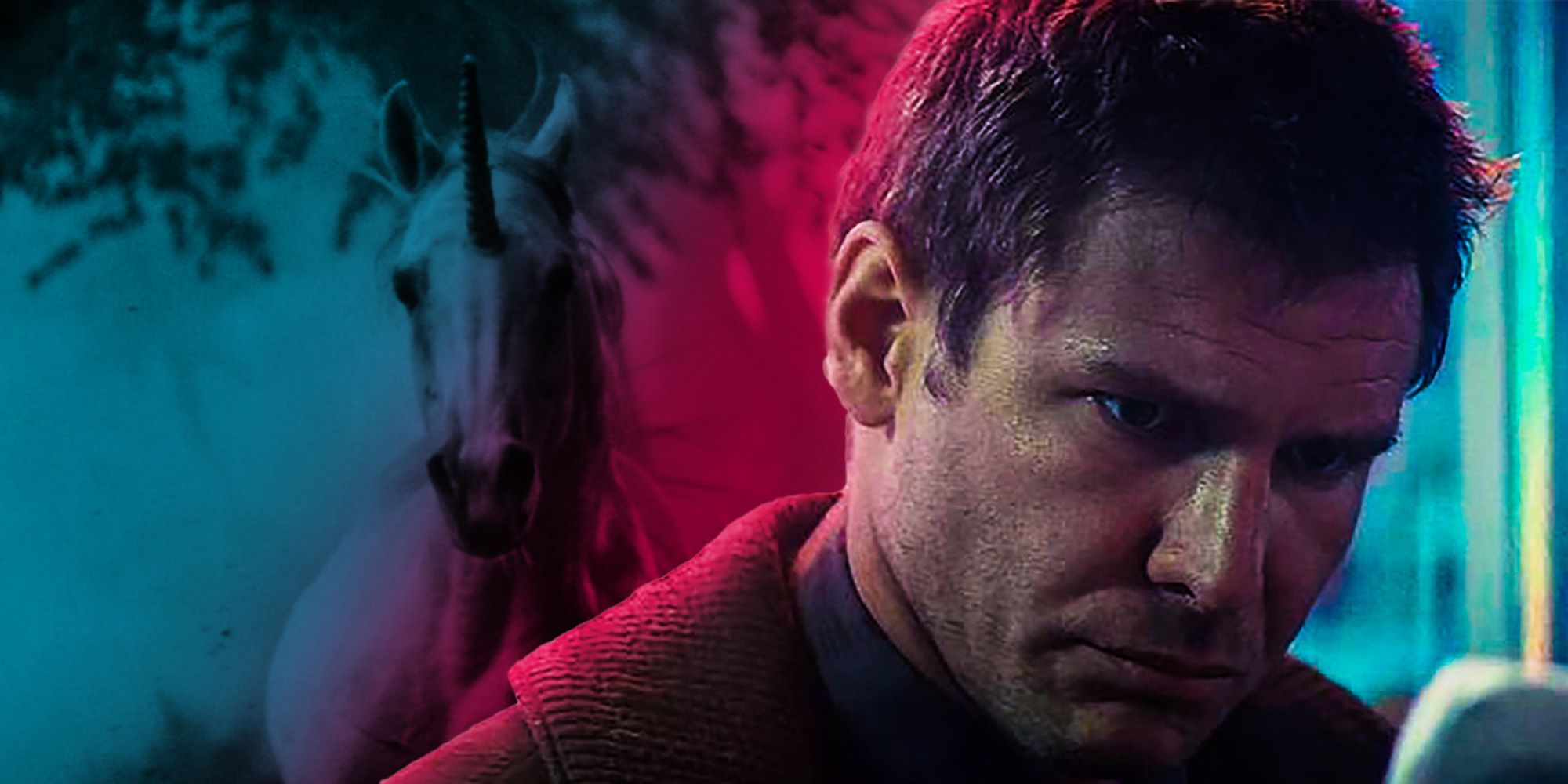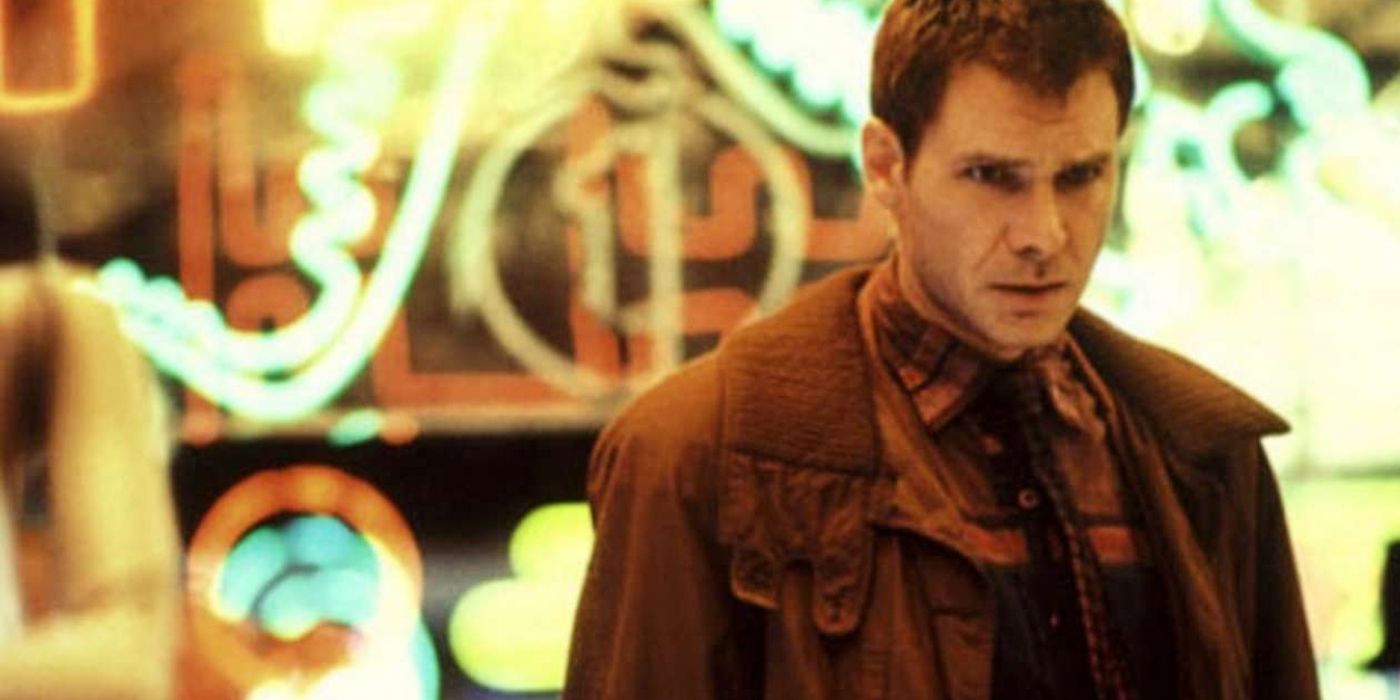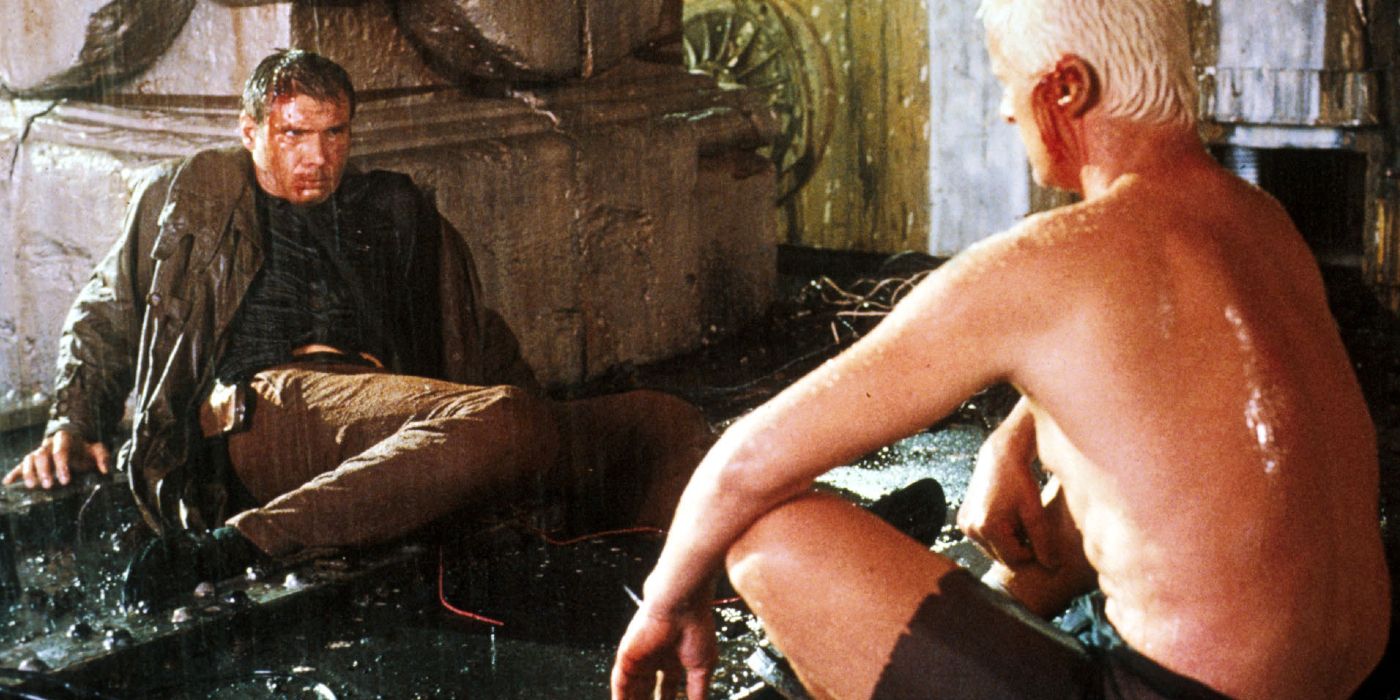Rick Deckard’s unicorn dream sequence in the original cut of Blade Runner has always been a controversial one, springing endless debates as to whether Deckard is a replicant himself. While Blade Runner 2049 addresses this dilemma to some effect, the unicorn sequence still evades audiences and critics alike, owing to the symbolic discordance it creates with regards to what Deckard stands for throughout the franchise. Most of Blade Runner’s neon-tinted world is based on Philip K. Dick’s 1968 novel, Do Androids Dream of Electric Sheep? but the source material does not harbor ambiguity in terms of Deckard’s identity, as Dick expressly classifies him as human.
It is interesting to note that director Ridley Scott and Harrison Ford were at odds regarding Deckard’s identity, as the former believes him to be a replicant and the latter does not. This fundamental difference in opinion manifests itself in the presence of the unicorn dream sequence in the Final Cut, which serves to contextualize Deckard’s actions in a whole new light. As one of the seminal themes that run through the fabric of Blade Runner is the question of what makes one human, the identity of the titular anti-hero holds a significant amount of weight and intrigue.
While it is difficult to pin down whether Deckard is a replicant or not, as both Blade Runner and 2049 dabble in visual and narrative cues riddled with ambiguity, it is important to delve into the implications posed by both possibilities. As the unicorn dream sequence lies at the crux of this dilemma, here’s an in-depth breakdown of the scene-in-question, and what the human-replicant debate means for Deckard and the narrative of Blade Runner as a whole.
What the Dream Sequence & Unicorn Origami At The End Means
When Rachael visits Deckard in his apartment in order to seek answers regarding her identity, Deckard reveals that her childhood memories are not her own, but rather, artificial implants for emotional cushioning. This, understandably, upsets Rachael, who struggles to grapple with the implications of her existence as an experimental Nexus-7 model. Shortly after she leaves, Deckard, drunk and desolate, sits at the piano and dozes off, dreaming about a pristine-white unicorn running through the forest. From a symbolic standpoint, the unicorn most probably describes Deckard’s subconscious mind, in which he yearns for unbridled freedom like the majestic creature, which, however, is akin to a myth in the blatantly capitalistic and autocratic world of Blade Runner. The unicorn symbolism runs against the grain of what Deckard truly stands for: a weapon of the state meant to hunt down replicants instilled with emotions and sentience. This is a possible reason behind Deckard’s dilemma over Rachael, whom he falls in love with, despite her replicant nature.
The implications of this sequence are further corroborated by the unicorn origami figure left by Gaff in the end, which is seen as a series of artistic manifestations meant to taunt Deckard throughout the film. Earlier, when present in Captain Bryant’s office, Gaff presents Decjard with a chicken origami, implying that he is “chickening out” of his responsibility as a blade runner by insisting on voluntary retirement from the job. Towards the end, when Deckard and Rachael plan to leave together, the former stumbles upon Gaff’s unicorn origami, which could possibly point to the fact that Gaff is aware of Deckard’s identity, and the improbable dream he harbors of living a peaceful existence with Rachael. This veiled threat is proved to be true in the Blade Runner sequel 2049, wherein Deckard tells K. that they were being ruthlessly hunted, leading to Rachael’s death due to childbirth shortly after. Conversely, the unicorn could symbolize Rachael, and how, due to her replicant nature, she will always be hunted by the world, but she finds acceptance in the eyes of Deckard, who deems her as human.
How Deckard's Unicorn Dream Enriches His Character in Blade Runner
As the unicorn dream sequence posits Deckard as a replicant, it further complicates his relationship with the other replicants he is doomed to hunt as a blade runner. If Deckard is also an experimental Nexus model with an undefined lifespan, he emerges as a predecessor to K, who also struggles with his core identity in 2049. Unlike the novel, details about Deckard’s life prior to the events of Blade Runner are shrouded in mystery, which supports the theory that all of his memories are merely false implants, which explains why he surrounds his apartment with countless pictures of his purported family. Scenes that support this theory include the one in which Rachael asks Deckard whether he has taken the Voight-Kampff test himself, to which he offers no reply, implying that he has already considered the possibility of his true nature.
Moreover, in 2049, Gaff appears in a cameo, stating to K that “something in Deckard’s eyes” spurred him to believe that he was “not of this world.” Deckard’s final confrontation with Niander Wallace adds layer’s the former’s already-ambiguous identity, leaving a string of questions unanswered:
“Did it never occur to you that is why you were summoned in the first place? Designed to do nothing short of fall for her then and there? All to make that single perfect specimen. That is, if you were designed. Love, or mathematical precision? Yes? No?”
Why Blade Runner's Unicorn Symbolism Proves To Be Problematic
Conversely, Blade Runner’s unicorn symbolism proves to be especially problematic if one were to analyze it against the metaphor of human-versus-replicant, and what it actually means to be human. If Deckard is a replicant, it negates the emotional and dramatic impact of the chase sequence between Roy Batty and Deckard himself, as the former illustrates the notion of fear that replicants like him had to endure throughout their limited existence. Despite being designed by humans and gifted with parahuman abilities, replicants were treated as lesser beings, perpetually hunted for demanding the right to merely exist. When analyzed against this running theme, Deckard’s actions come off as understatedly cruel, as he is merely a cog in the LAPD meant to “retire” replicants without remorse or emotions.
Either way, irrespective of the fact whether Deckard is a replicant or not, the question ultimately does not matter, as one of the key takeaways of Blade Runner is: are replicants sentient enough to evoke empathy, and what does it actually mean to be human? Is humanity embedded within one’s biological make, or does it reside within one’s hopes, fears, dreams, and inner landscapes? Throughout Blade Runner, humans of the likes of Eldon Tyrell and his successor, Niander Wallace have displayed characteristics and motivations that can be viewed as overwhelmingly inhuman, as both men sought to commodify and exploit replicants for their own twisted ends. Hence, no matter how one chooses to view Deckard’s unicorn dream, it is clear that there are larger, more pertinent questions posited about nature and nurture, creator and creation, in the complex, layered universe of Blade Runner.




